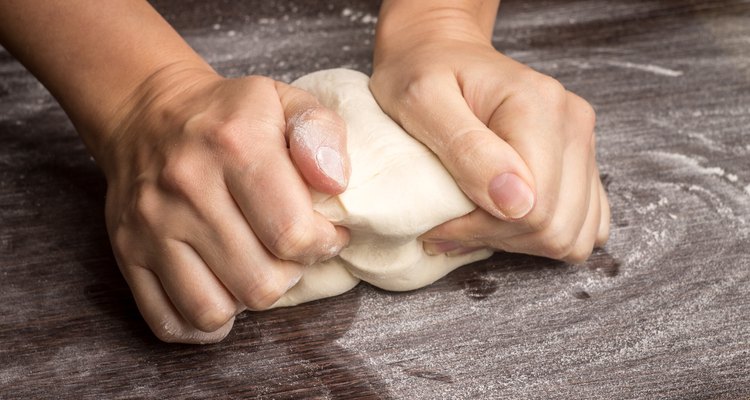
sergio_kumer/iStock/Getty Images
When used to bake bread, stoneware bread pans result in a crispy, crusty loaf of bread that is similar in texture to bread baked in a brick-lined oven. Baguettes, sandwich loaves and pizza all benefit from being housed in these pans, which originated thousands of years ago. Some pans are equipped with lids, which makes for a moist, chewy interior similar to that of sourdough bread baked in a professional steam-injected oven. With a few steps, you can easily use a stoneware bread pan to prepare your favorite bread recipes.
Prepare the dough in your recipe by mixing all of ingredients in the bread machine or by hand in the mixing bowl. Let the dough rise in the pan of the machine on the "Dough" setting. If using a mixing bowl, allow the dough to double in size. Spray the surface of the dough with non-stick spray and cover it with plastic wrap before placing it in a draft-free room set to 75 degrees Fahrenheit. The rise could take anywhere from 45 minutes to two hours.
Use your hand to "punch down," or gently deflate, the dough in the mixing bowl. If using the bread machine, wait for it to beep, indicating that the dough is ready to shape and bake.
Preheat the oven to your recipe's recommended temperature with the stoneware pan inside. The stoneware will retain heat and keep the oven's temperature high enough to bake the bread even when the door is opened.
Allow the bread to perform a second rise, if necessary. While bread loaves need the second rise, pizza crust does not need a long second rise.
Carefully place the dough or pizza crust into or onto the stoneware pan.
Slash the top of a bread loaf just before baking to prevent deeper cracks from developing in the crust as the bread expands during baking.
Wearing your oven mitts, carefully place the pan into the preheated oven. Bake the bread according to your recipe and your preference for a dark or light crust.
Remove the bread from the oven, using caution as stoneware retains heat. The pan will continue to bake the bread's crust as it cools.
Related Articles

Easiest Way to Remove a Stuck Bread ...

Roshco Silicone Bakeware Instructions
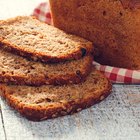
How to Keep Homemade Bread from ...

What to Do With Pizza Dough When You're ...

How to Make Dough in a KitchenAid Mixer

How to Cook Bread by Steaming It

How to Bake With a Pizza Screen

How to Bake Bread in a Clay Pot

How Many Calories in Gluten-Free Bread?

How to Freeze Brioche
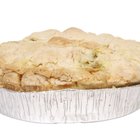
How to Pre-Bake Puff Pastry

How to Make Bread Rise Indoors

How to Freeze an Unbaked Pizza Crust

How to Soften Bread in the Microwave
How to Make Homemade Bread

What Happens if You Leave Bread Dough ...

How Long Do You Bake Brownie Cupcakes ...
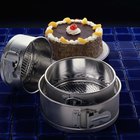
How to Keep Cake Edges From Hardening ...
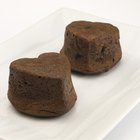
What Is a Souffle Dish?
How to Cook Food in a Clay Oven
References
Resources
Tips
- According to Debi Rogers, Ph.D., director of cereal chemistry at the American Institute of Baking, "The advantage of...stone is that it is a great heat sink; in other words, it holds the heat when preheated. The rate at which dough bakes [turns to bread or pizza crust] is determined by the rate of heat penetration into the dough...Stone holds heat, so [it] works very well..."
- Glazed stoneware pans are easier to clean up than un-coated terra cotta varieties.
Writer Bio
Tina Bernstein started her professional writing career in 2011. A biomedical engineer and personal trainer certified through ACSM and NASM, she trains clients in Los Angeles to take control of their exercise and nutrition habits. Bernstein graduated from the University of Southern California with a master's degree in medical device engineering and works with companies to commercialize new medical technologies.
Photo Credits
sergio_kumer/iStock/Getty Images